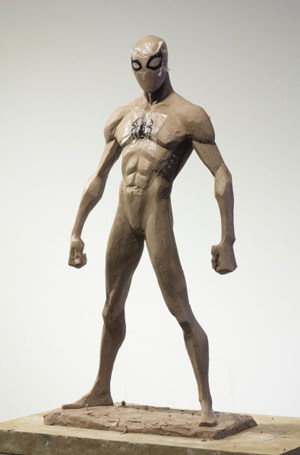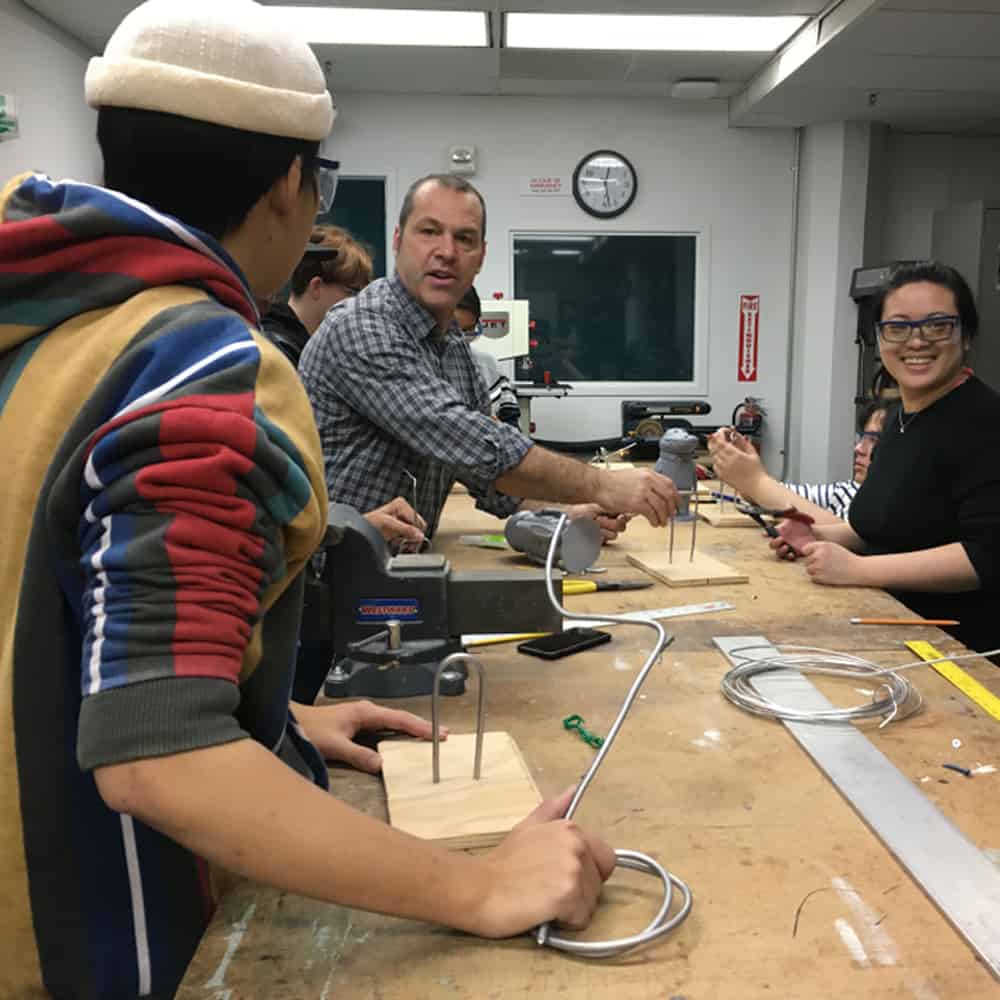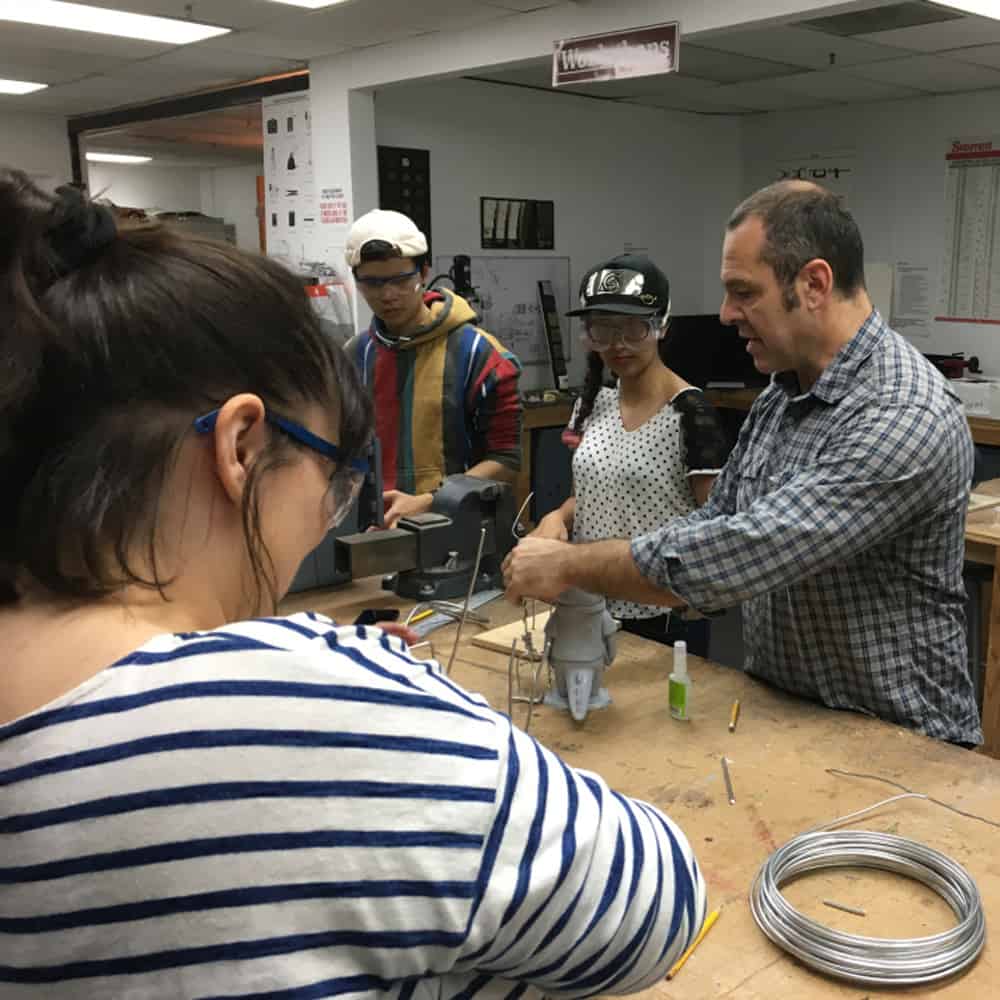For nearly 30 years, Andrea Blasich has been a sculpture artist working in the film industry. The latest project he worked on, Spider-Man: Into the Spider-Verse, won an Oscar for Best Animated Feature of 2018.
He is also an instructor in the Academy’s School of Animation & Visual Effects, helping students build their animation portfolios to ready them for jobs in films, television and games.
From Clay to Character
Blasich specializes in sculpting maquettes. In French, maquette means “model.” He explains that a maquette helps animators and directors visualize a character in three dimensions. He uses oil-based clay to create his maquettes, because the clay lets him work out his ideas fast, in the heat of the moment.

Starting from an early concept, a maquette artist refines a character’s look and feel. It’s often a back-and-forth process with animators and directors. “The beauty of this medium is that you can see [a new version] right away,” Blasich says. “Especially the director can touch the sculpture, can work with you on it, and can gain ownership.”
The process isn’t always simple, though. “Sometimes it’s frustrating when you can’t get the vision of the director…you have to play around until you find that crack. And then you can go through and find a solution.”
A maquette is an important aid for animators. “The animator can take the sculpture and use it for really difficult angles, like an upshot or downshot, or showing three-quarters of the face,” Blasich notes.
Classical Inspiration
Born, raised and trained in Milan, Italy, Blasich says classical masters like Michelangelo, Bernini, Troubetzkoy and Bugatti inspired him. For centuries, he notes, maquettes have served as scale-model rough drafts for larger artworks.
After moving to the United States, he worked for DreamWorks, Pixar, Blue Sky Studios, WarnerBros., Sony, Lucasfilm and Tonko House. His first film project was Sinbad: Legend of the Seven Seas. Since then, he’s worked on films such as Brave, Shark Tale and Ice Age: The Meltdown.

For Spider-Man: Into the Spider-Verse, he helped design the characters Peter Parker, Gwanda and Green Goblin.
Blasich has experienced the transition from 2D animated films to computer graphics (CG). Shark Tale was the first film in which one of his maquettes was screened to create a CG image. “It was an interesting process to see how what you sculpted would materialize in CG form,” Blasich recalls. “In Spider-Man, I was impressed by the way they kept the CG really close to the sculpture.”
Instructing at the Academy
In Fall 2018, Blasich taught his first Animation & Visual Effects class, which was about designing clay maquettes for feature films and games.

Jessica Galvan, a BFA student in the school, was among Blasich’s students. “Each sculpture that Andrea had us create taught us different ways of interpreting the concept,” she says. “I learned that there is a lot of problem-solving…before going in and sculpting.”
Her classmate Caroline Ford, a student in the School of Fine Art, also found the experience valuable. “Learning to copy and render forms from a 2D picture was…a brain exercise. It made me see things a little differently,” she reflects. “It was a privilege to be able to learn from someone so well known in his field.”
Original article by Cristina Schreil published in Academy Art U News